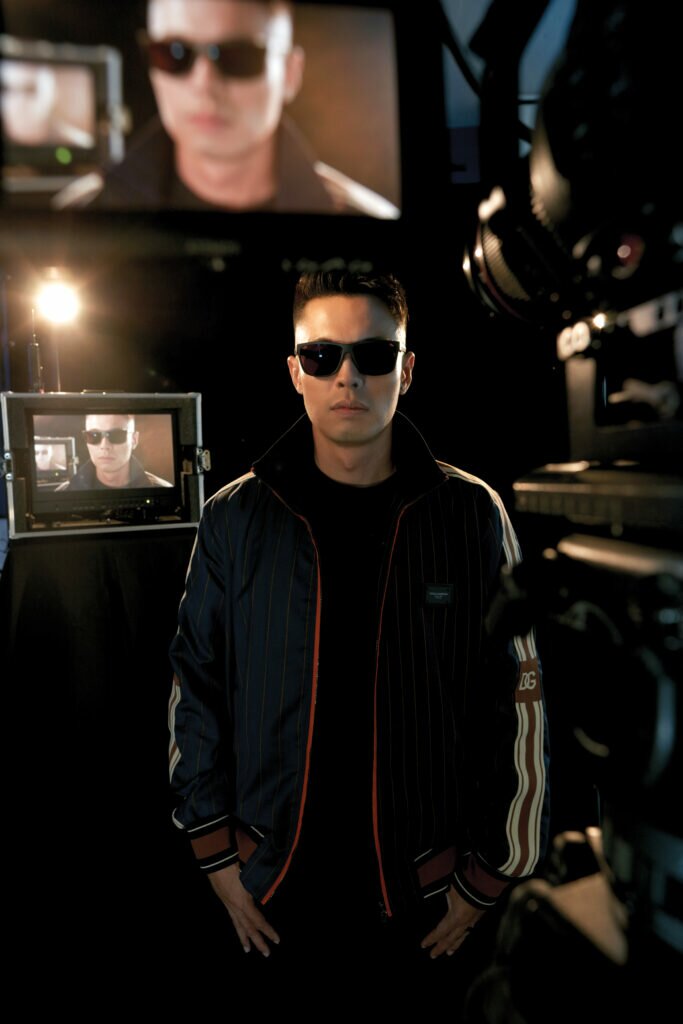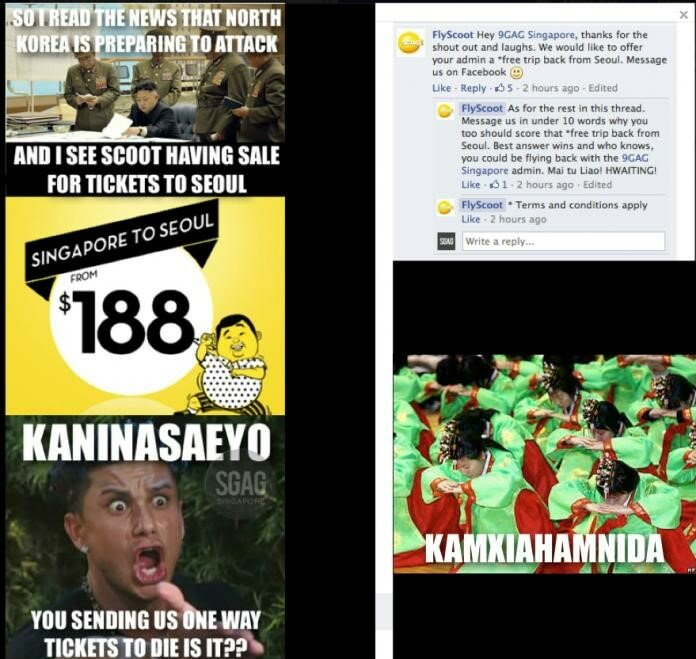Do you have a meme or sticker in your phone showing local comedian Mark Lee with the words “Win Liao Lor”? Have you watched a Youtube video pranking Pokemon players in the presence of a Snorelax, or watched a troll interview with Singapore Member of Parliament Baey Yam Keng?
Chances are, anyone in Singapore who’s used social media in the last five years has come across a product of SGAG, a subsidiary of Hepmil Media Group (HMG). Perhaps you’ve laughed and shared what you saw, or groaned and looked away, but with HMG having received $10m in funding from Quest Ventures in November 2021, it’s safe to say their brand of comedy and social media is now getting its day in the sun.
From a partnership that started out making memes, HMG is now a fully-integrated digital media company involved in gaming, shoppertainment (the amalgam of shopping and entertainment) and with its own TV channel. Its co-founders Karl Mak and Adrian Ang (also popularly known as Xiao Ming) are 30-something entrepreneurs who are full of energy and passion for what they do — and why not?
They’ve had huge success poking fun at companies and individuals in Singapore when they put their foot in their mouths or come unstuck. Their brand of comedy has now expanded to other Southeast Asian countries such as Malaysia and the Philippines, where fans who had enjoyed SGAG wanted to share the humour prevalent in their own cultures and countries. That led to the birth of MGAG (Malaysia) and PGAG (Philippines), and this year, HMG expects to grow its regional headcount to around 200.
Learning from mistakes
-

Baby cashmere turtleneck, from Loro Piana -

Wool bomber jacket, from Dolce & Gabbana
Mak and Ang co-founded the company as a Facebook page in 2012 while studying at Singapore Management University. Mak cites their by-now-infamous meme about McDonald’s running out of curry sauce as one of the milestones that got them hooked on content creation.
SGAG now has well over 1 million Facebook followers and some 78,500 subscribers on YouTube. When they first started doing memes, did they ever think it would get them this far, and lead to the creation of a company that’s worth millions of dollars?
“Absolutely not,” Mak says emphatically. “SGAG started as a hobby page. It was not created to be a business.” At the start, they did get into some hot water while poking fun at people. “We had some pretty aggressive content in the early days, making fun of the wrong things at times and in these moments, we would get some pretty angry messages from audience members,” he adds.
2015 turned out to be a game-changing year for Mak and Ang when their cheeky memes found a new audience. South Korea and North Korea had their first major military stand-off in years, which coincided with a campaign by budget airline Scoot to launch discounted tickets to Seoul.
“We thought this was funny and memed about sending Singaporeans on a one-way ticket to their death. To our surprise, Scoot commented about it on our platform and so a dialogue began. Brands had never really engaged with us up until then,” Ang adds.
Scoot went on to pay SGAG to create an online advertising campaign, opening the door for other brands to engage its unique guerilla style of marketing. Soon, big names like Resorts World Sentosa, Ben & Jerry’s and McDonald’s realised they could tap on HMG’s brand of humour and started engaging their services, and things got serious. “We turned the corner, became more family-friendly, less aggressive and entered mainstream,” shares Mak.
Another pivotal moment for the pair came a few years later when the Singapore government approached them to work on some of its campaigns, which went on to win awards. Highlights include the work it did for the Singapore Tourism Board (STB) on a campaign to boost local tourism during the pandemic and for the Singapore Police Force on a neighbourhood watch TV drama.
“We work with anybody and everybody who has the goal of activating eyeballs.” The once rebellious teenagers had “grown up to become young professionals”.
Their next major turning point, according to Ang, came in 2020 during the circuit breaker, when HMG realised how fast TikTok could help scale their video content.
Ang says: “We noticed so much happening. But a lot of these other creators didn’t know how to monetise their content. They had massive followings, huge audiences, but struggled with monetising.”
This is when they decided they could build an ecosystem that connects creators with brands. So from these organic beginnings, Hepmil Creators Network started to take structure.
It was perfect timing as many brands were also struggling to tap into Gen Z and millennial customers online. “They were eager to work with these content creators but were not sure how to and were afraid of the risks involved. Working with content creators and telling stories was still very new,” as Mak recalls.
Not only did HMG see a niche for itself acting as a platform for both brands and creators to connect, but it decided the media strategy could work across the region, not just in Singapore.
“We have friends and families from other countries, and we make sure we hire local people who understand the culture and norms,” Ang adds.
Platform for partnership
The Hepmil Media founders see plenty of expansion opportunities and synergies, particularly in the fields of e-sports and gaming.
“Gaming content and the content that we are known for producing is similar in the sense that we are both targeting Gen Z and millennial audiences,” adds Mak. Shoppertainment is another exciting space it has entered. During the pandemic, people have been spending more time on online shopping and entertainment. SGAG recently partnered with eCommerce platform Lazada to provide a weekly shoppertainment experience for shoppers in Singapore.
When I met the pair at their offices near Paya Lebar, they also shared about their YouTube channel Nubbad TV which focused on long-form content, but which has been since folded back into SGAG with a focus on personality-based content.
With new partners and brands coming onboard all the time and venture capitalists keen to fund them, is this the kind of success they had dreamt about?
Both are quick to say no.
“Success is waking up every day and getting excited about what you are going to work on that creates impact in the world, or to make the world a better place,” says Mak. “In this sense, we have achieved success. It’s a privilege to get excited about the work we do, with the people we work with and the lives that we impact through the content we make and the creators we work with.”
Things could have turned out very differently after their memes became popular. When they first started going viral, Mak and Ang decided to leverage the memes by making T-shirts and selling them online. They actually sold thousands, although packing them and sending them wasn’t something they enjoyed.
“In that first business, we had huge fights constantly, to the point where we agreed never to work together, so as to protect our friendship,” laughs Mak. A few years later, they decided to start SGAG and subsequently incorporated HMG, but only after having extensive chats about how they would manage conflict.
“From our days of being schoolmates at Anglo-Chinese Junior College, we realised that we had matured to become very different individuals with very different skill sets and interests. Our approach for HMG was to never argue over money-related matters, and to focus on wearing a lens of empathy in every disagreement. This approach has allowed us to keep a very professional relationship as co-founders, even when we disagree.”
Sounds like good advice.

